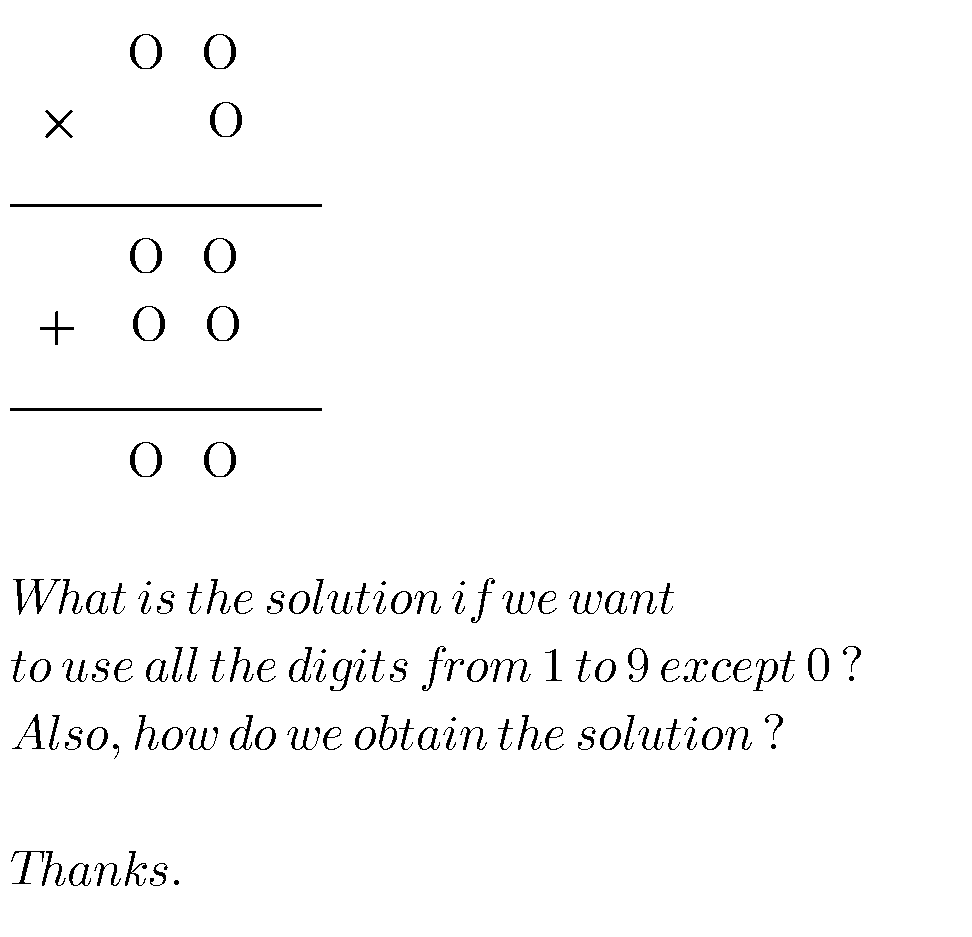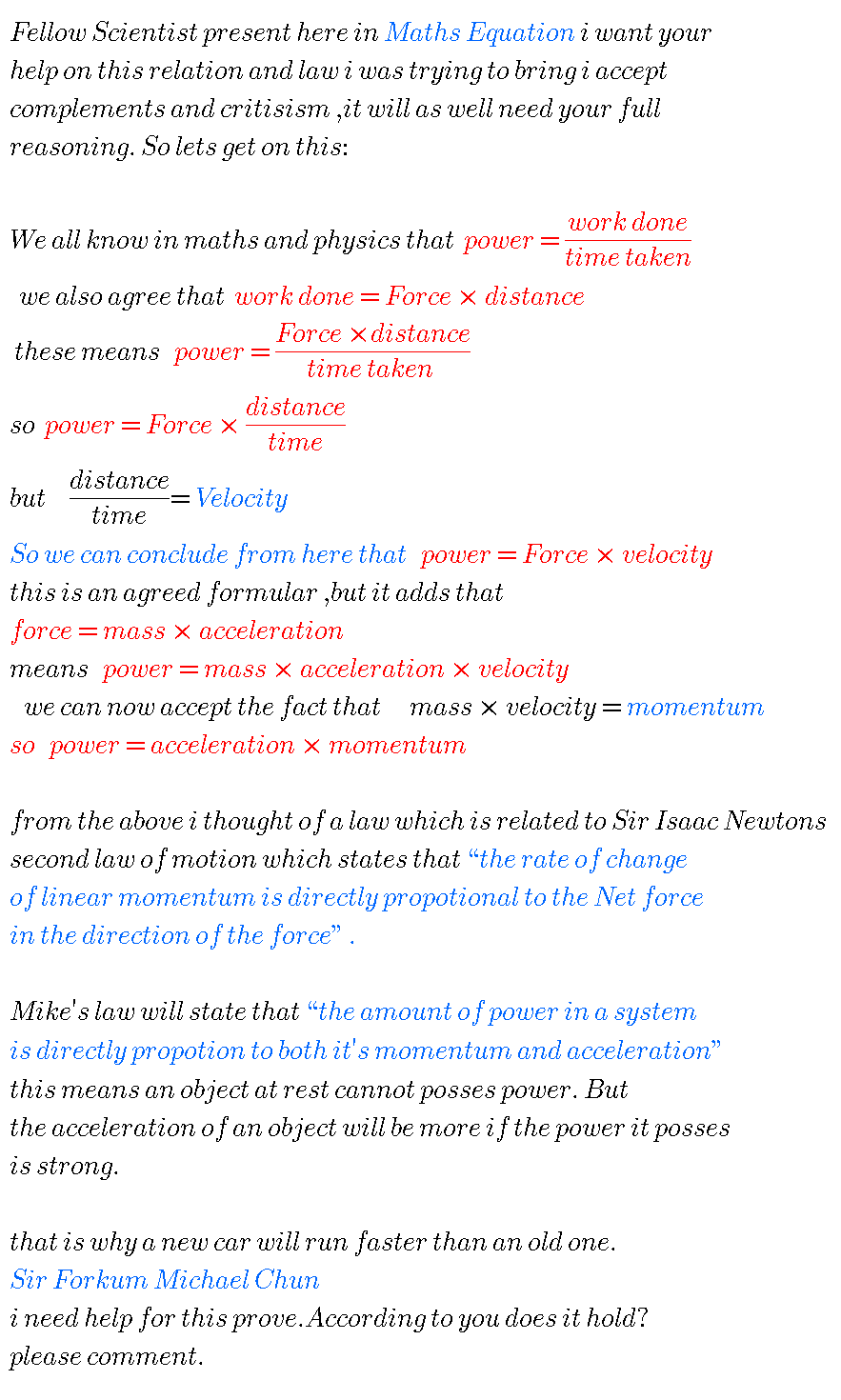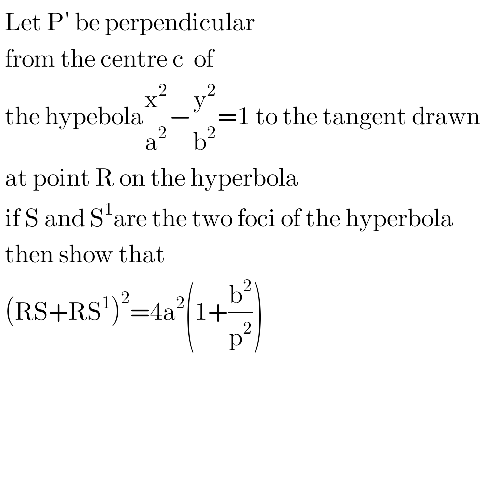
AllQuestion and Answers: Page 1589
Question Number 50795 Answers: 1 Comments: 1
Question Number 50791 Answers: 1 Comments: 1
Question Number 50783 Answers: 0 Comments: 0
Question Number 50770 Answers: 0 Comments: 1

Question Number 50764 Answers: 0 Comments: 2

Question Number 50762 Answers: 1 Comments: 1

Question Number 50755 Answers: 1 Comments: 1

Question Number 50747 Answers: 1 Comments: 2
Question Number 50744 Answers: 1 Comments: 0
Question Number 50732 Answers: 3 Comments: 0

Question Number 50730 Answers: 1 Comments: 0
$$\sqrt{{x}−{a}}+\sqrt{{x}−{b}}+\sqrt{{x}−{c}}+{x}\:=\:{d} \\ $$$${solve}\:{for}\:{x}. \\ $$
Question Number 50724 Answers: 1 Comments: 0
Question Number 50738 Answers: 0 Comments: 0

Question Number 50717 Answers: 2 Comments: 0

Question Number 50754 Answers: 3 Comments: 0

Question Number 50752 Answers: 0 Comments: 0

Question Number 50710 Answers: 2 Comments: 0
Question Number 50705 Answers: 1 Comments: 0
Question Number 50701 Answers: 0 Comments: 0
Question Number 50702 Answers: 0 Comments: 1
Question Number 50698 Answers: 1 Comments: 0
Question Number 50689 Answers: 1 Comments: 0
Question Number 50685 Answers: 1 Comments: 0
Question Number 50684 Answers: 1 Comments: 0

Question Number 50683 Answers: 0 Comments: 1
Question Number 50676 Answers: 0 Comments: 3

Pg 1584 Pg 1585 Pg 1586 Pg 1587 Pg 1588 Pg 1589 Pg 1590 Pg 1591 Pg 1592 Pg 1593
